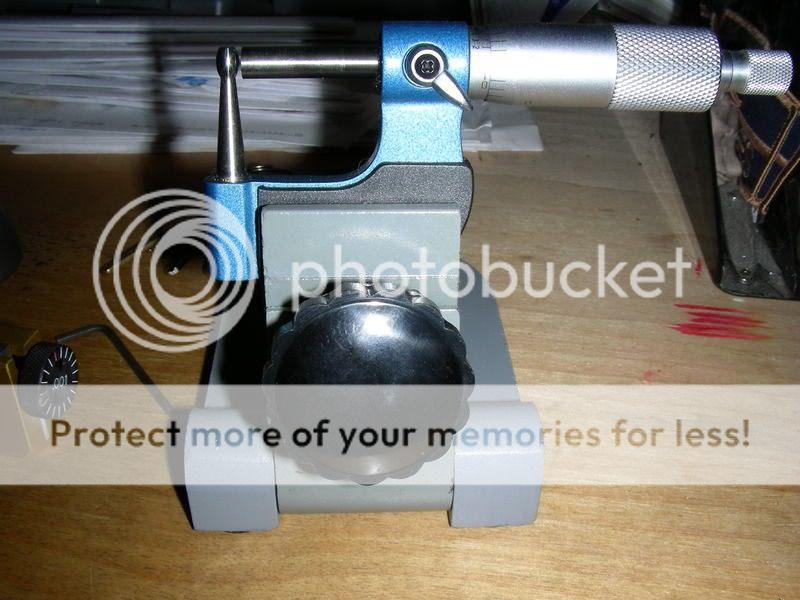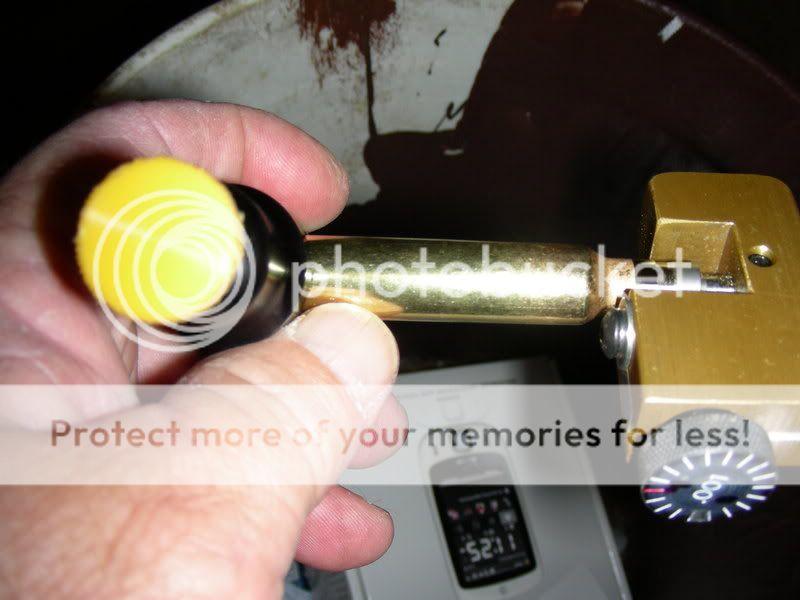I would like someone to explain if adding orings under the dies actually help. Do I have to reset the die length all over again . I think So??????
If Lee Collet neck dies are not available(7STW) are redding bushing dies a good substitute?? How do I select the correct bushing size????? Will the Wrong Size bushing create to much neck tension and create a Grenade effect????
And further. I would like experience suggestions on reducing and hopefully eliminating bullet runout cause by the tension created inside the neck from the "inside plunger" of the FL die. Can the "inside plunger" of the FL die just be removed after neck turning????? and eliminating the creation of runout??????????????????????????
I appreciate all suggestions based on actual experience
THANKS TO ALL
ODAVID
If Lee Collet neck dies are not available(7STW) are redding bushing dies a good substitute?? How do I select the correct bushing size????? Will the Wrong Size bushing create to much neck tension and create a Grenade effect????
And further. I would like experience suggestions on reducing and hopefully eliminating bullet runout cause by the tension created inside the neck from the "inside plunger" of the FL die. Can the "inside plunger" of the FL die just be removed after neck turning????? and eliminating the creation of runout??????????????????????????
I appreciate all suggestions based on actual experience
THANKS TO ALL
ODAVID


